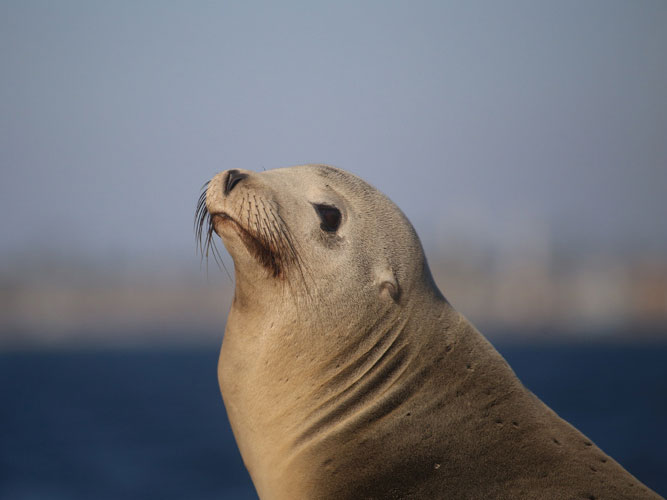
Reducing predation to increase desired species is basic to much fish and wildlife management. And that may be an inexpensive – though controversial – way to lift Chinook salmon and steelhead populations along the Washington Coast, according to a recommendation by the Washington State Academy of Sciences (WSAS).
The Washington Policy Center (WPC) detailed a recent report from the WSAS that researchers found that sea lions and seals eat a substantial number of salmon, plus sea-run steelhead. The WSAS analysis suggests that lowering sea lion and seal numbers could be a far better solution to revitalizing Chinook salmon stocks than spending millions of tax dollars on fisheries work, or billions of dollars removing river dams to aid salmon production.
The federal Marine Mammal Protection Act (MMPA) dramatically increased the number of seals and sea lions (known collectively as pinnipeds) over the last 50 years. With such an overabundance of pinnipeds, and a reduction in salmon and steelhead, it seems the most logical and cost-effective way to aid the fish is to reduce sea lions and seals. This surely won’t be popular with many West Coast residents, especially in eco-minded Washington State.
Nevertheless, WSAS researchers say salmon and steelhead eaten by pinnipeds “is substantial and has increased steadily,” and they recommend the state experiment with reducing seal and sea lion numbers.
The report stated that “pinniped predation is considered a primary driver of increasing mortality rates (of fish), and even minimal predation can strongly impact salmon and steelhead stocks.”
One study cited by the WPC showed that harbor seals caused 90 percent mortality of steelhead smolts in South Puget Sound’s Nisqually Estuary, near Olympia.
The WPC notes that pinniped predation on salmon and steelhead is wide ranging on the West Coast, extending to the Columbia River mouth where large concentrations of sea lions feast on salmon heading into the Columbia and Snake rivers to spawn.
The WSAS report states that lawful culling of seals and sea lions is not easily allowed by the federal government because of the MMPA. The law mandates proof that non-lethal efforts don’t work to eliminate a pinniped problem. Loud noises to scare away seals and sea lions are ineffective.
Read Next: Great News on Spawning Chinooks
“Washington pinniped populations are all at high abundance, any lethal removal except on a massive scale would pose little to no risk to pinnipeds,” the WSAS stated.
The WPC reported that “it makes little sense to refuse to take effective and low-cost steps like reducing pinniped populations, while advocating for spending tens of millions of dollars on habitat restoration, plus tens of billions more on destroying dams.”








